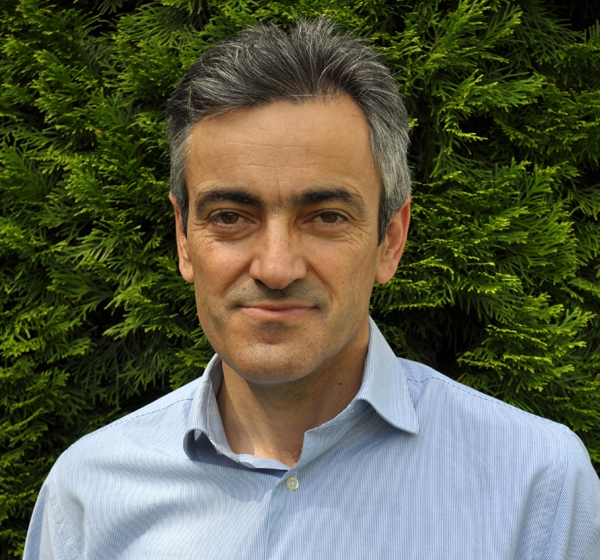Savvas Christoforidis
Head of BRI
Group Leader & Director of BRI-FORTH and Professor of Biological Chemistry, Faculty of Medicine, University of Ioannina
Our group studies the interplay between endocytosis, signaling and exocytosis in endothelial cells and the role they play in vascular physiology.
Activated endothelial cells and/or endothelial dysfunction are implicated in the most life-threatening diseases, such as cardiovascular and inflammatory diseases as well as in cancer-angiogenesis. Intriguingly, key vasoactive players of the above pathophysiological processes are stored in specific granules (called Weibel Palade bodies) in endothelial cells. Upon activation of receptors at the cell surface of endothelial cells, Weibel Palade bodies fuse with plasma membrane and release their vasoactive molecules in the blood stream.
Our studies have the following aims:
1. To shed light on the molecular mechanisms that are responsible for Weibel Palade body trafficking and exocytosis.
2. To identify the cell surface receptors and the corresponding signaling cascades that trigger Weibel Palade body exocytosis.
3. To track the endocytic routes followed by activated receptors of endothelial cells and the role of these routes in signaling and Weibel Palade body exocytosis.
4. To get functional insights into the role of the above processes in vascular physiology and in serious vascular diseases.
These studies will shed light on the molecular and functional links between secretion, endocytosis and signalling, as well as on their spatial and temporal coordination. Ultimately, the knowledge generated by these studies will contribute to the design of more effective therapeutic approaches for vascular diseases.








